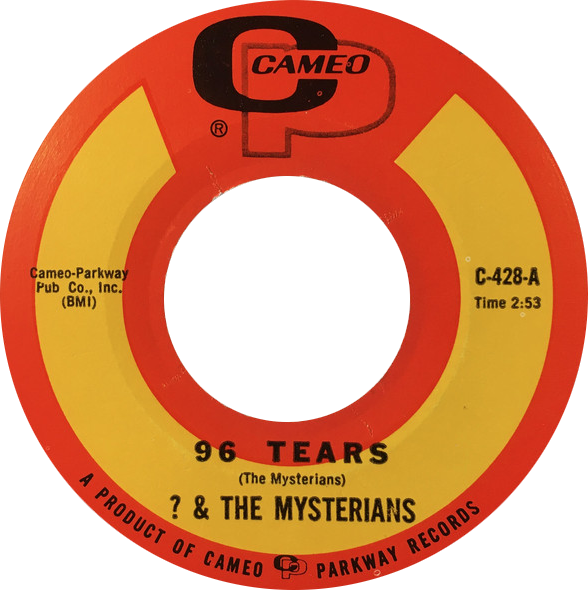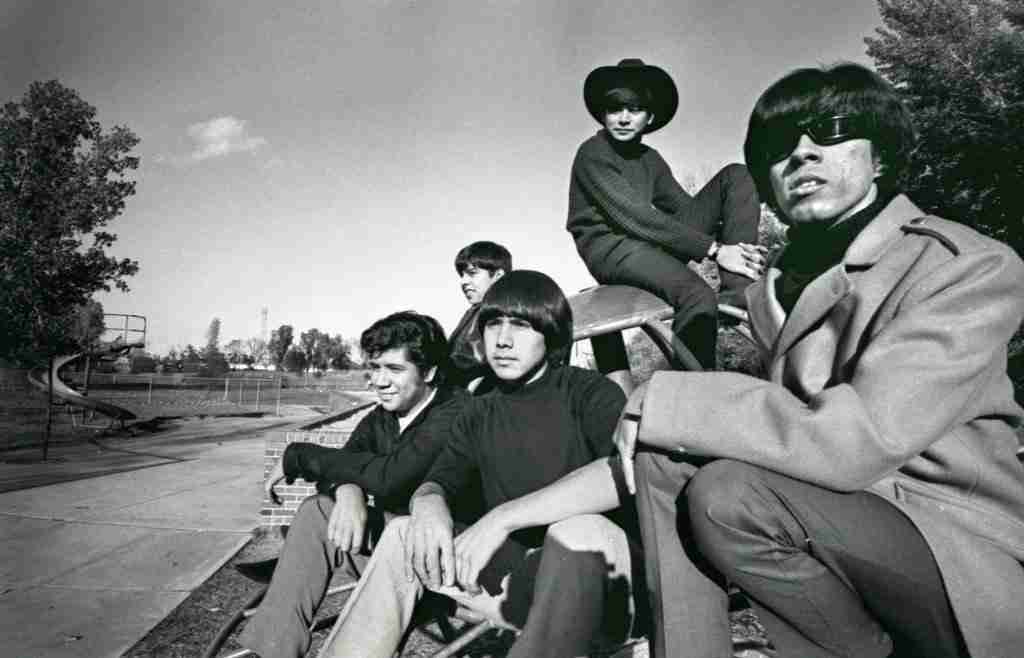Bay City, Michigan’s Forgotten #1 Hit
In the fall of 1966, a strange little song recorded in a Bay City living room cracked the Billboard charts—and then shattered expectations. With its hypnotic organ riff, garage-band grit, and heartbreak-fueled howl, 96 Tears by ? (Question Mark) and the Mysterians shot all the way to #1. But what few remember—or ever know—is that the song wasn’t just a fleeting hit. It was a blueprint. And its story begins, like so many raw and remarkable things, in the Great Lakes Basin.
I learned about this little gem of a song being written in my hometown only a few short years ago. I came across a story about it while researching Michigan music for the magazine—and once I saw the words “Bay City” and “Raymond Street,” I dove in to learn all about it. How could something so iconic, so influential, be born right here and be relatively forgetten? Even though in 2014, the then mayor of Bay City proclaimed 96 Tears as the rock song of the city.

Bay City has always had a strange relationship with fame. Most people know it as the birthplace of Madonna—a fact that still sparks eye-rolls and awkward pride in equal measure. Then there’s the Bay City Rollers, a Scottish band who chose our name in the early ‘70s by literally throwing a dart at a map of the United States. It landed here. They’d never been. They just liked how it sounded.
But 96 Tears? That didn’t just pass through here. It was made here. Right in the middle of a city that, to be honest, doesn’t often celebrate difference, weirdness, or rebellion. Maybe that’s what makes it so poetic—one of the strangest, most groundbreaking songs of the era came from a place that never fully understood it.
The band behind it—? and the Mysterians—were Mexican-American teens raised between Bay City and Saginaw. Sons of migrant workers and machinists. They practiced in garages and recorded 96 Tears in a house on Raymond Street, using a tiny independent label called Pa-Go-Go Records. The song’s title changed along the way—originally Too Many Teardrops, then briefly 69 Tears (cough, cough), before finally landing on 96 Tears. Their frontman, Rudy Martínez, legally changed his name to “?” and claimed he was from Mars. He wore sunglasses indoors, stayed in character for decades, and made mystery the message.
All of this persona came from the bands namesake: A 1957 Japanese sci-fi film directed by Ishiro Honda call The Mysterians. The film was about a race of aliens from the planet Mysteroid: “Love-hungry spacemen come to seize our women that their dying race may live!”
Despite hitting #1, and three major labels including Capital Records, Tangerine Records (Ray Charles’ label), and Super K, giving the band a shot, the followup songs and album never hit the mark. They did experience a few other chart singles, but nothing as popular as 96 Tears. The band disbanded in 1969, and the industry quickly moved on. But their status as legends of garage rock was solidified and the iconic organ riff of 96 Tears made it happen. Over the years, ? never stopped performing. Band members changed throughout the years, but he was steadfast. And well into the 2000s, the latest in 2023, he kept playing that song—with fire, with defiance, with mystery intact.
Some places lift their artists up. Some bury them. But the story of 96 Tears still rises—out of Raymond Street, out of Saginaw, out of the Great Lakes air—and echoes with everything that made it unforgettable: male heartbreak, resistance, and just enough weirdness to rattle the world.










